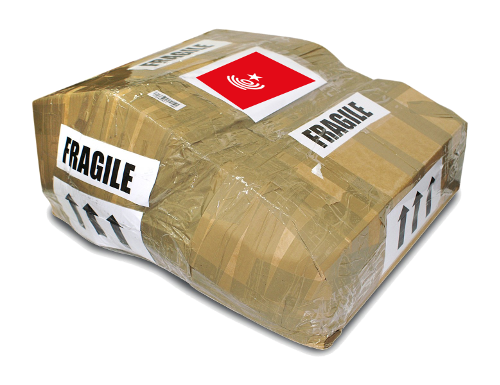

"If patents are a case of "the more, the merrier" (they're not), why not assign computer algorithms to generate billions of patents every hour, examine these by the billions per hour, and then put these online somewhere?"EPO 'Results' (they use this term) are akin to financial results of corporations. They fail to actually measure something meaningful. We wrote many rebuttals (literally dozens) in 2017 and 2018 (about 2016 and 2017 'performance', respectively). In past years we responded to or rebutted many press articles, but it can be an exercise in futility. They're not really trying to report facts but to repeat what the PR department of the European Patent Office (EPO) tells them to print. Some media organisations had reported the results before the EPO announced these, so there was clearly a degree of prior coordination (if not "collusion"). That's also true this year (earlier this week), as we noted two days ago. The EPO has been granting bogus software patents, dubbing these "AI" etc. in order to overcome the fact they're against the EPC. Lots of fake patents have in general been granted, not just software patents. Seeing dozens of shallow, fact-free 'articles' about EPO 'Results', we're hardly surprised. See the EPO's Belgium slant from yesterday (as usual, cherry-picking countries to highlight only favourable figures) and this misleading propaganda (“UK pharma sector continues to grow” is the headline). The EPO has lowered the patenting bar, this does not mean that the sector is growing (never mind how awful a measure of growth patents are).
IP Watch and IAM also participated in relaying the EPO's texts (even figures!) and IAM has just published this advice for software patents in Europe, courtesy of Carpmaels & Ransford LLP again. The EPO has made it easier to pursue software patents, more so under Campinos, with buzzwords like "AI" that nowadays just refer to "algorithm" or "computer" (nothing more sophisticated than an if-else statement). To quote:
As the law develops, the EPO updates its Guidelines for Examination in order to help patent applicants decide whether their inventions are likely to be considered patentable. Recently, the EPO has added a specific section to the guidelines on AI.
In addition, the guidelines now include clarification on how inventions directed towards graphical user interfaces are assessed. In summary, if a graphical user interface credibly assists the user in performing a technical task, then the invention is more likely to be patentable. However, if the invention merely provides an improvement from an aesthetic point of view, the EPO will take a negative stance.
"The EPO's adoption of patent maximalism is going to cost Europe billions in damages; it may, as a side effect, also undermine the very existence of the Office."We'll continue to observe press coverage. We're also seeing some press releases about patent grants, e.g. to HyperSolar [1, 2] and to Checkpoint Therapeutics. Earlier this week the former said:
HyperSolar, Inc. (OTCQB: HYSR), the developer of a breakthrough technology to produce renewable hydrogen, using sunlight and any source of water, today announced that it has received the European Patent Office (EPO) decision to grant the patent entitled “Multi-junction artificial photosynthetic cell with enhanced photovoltages”.
European Patent No. 3035936 specifically covers the compound CK-101 and a broad range of related compounds, salts and pharmaceutical compositions, including various dosage forms of such pharmaceutical compositions. It also covers certain uses of such compounds or salts in treating cancer or a disorder mediated by EGFR or NSCLC, either alone or in combination with an additional anti-cancer and/or cytotoxic agent.